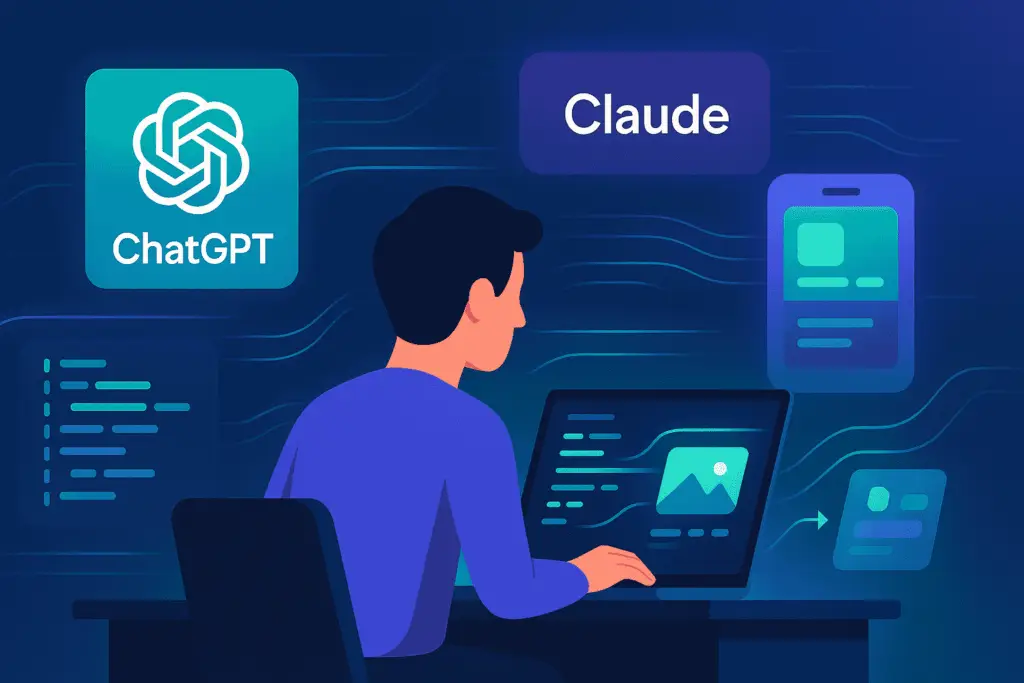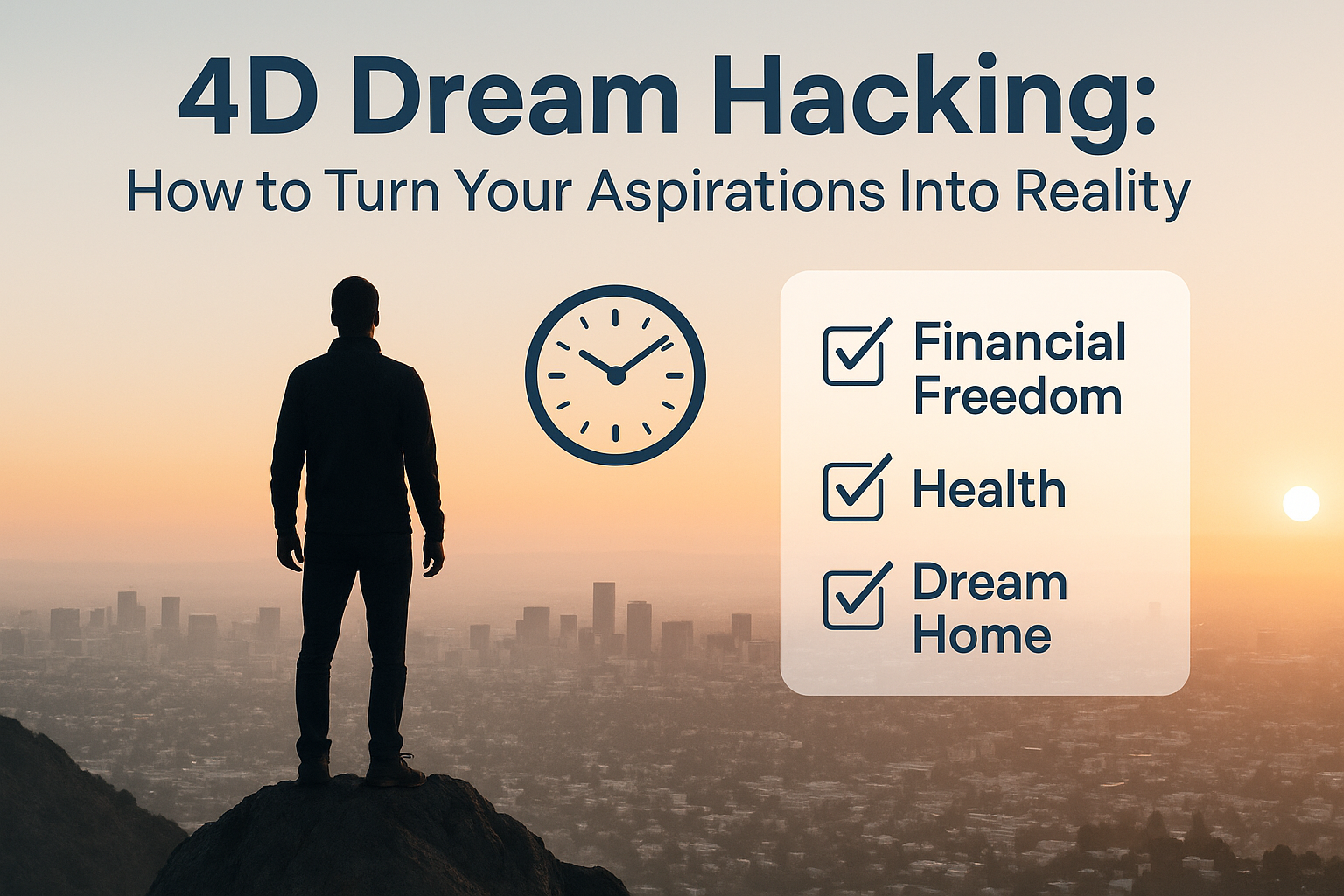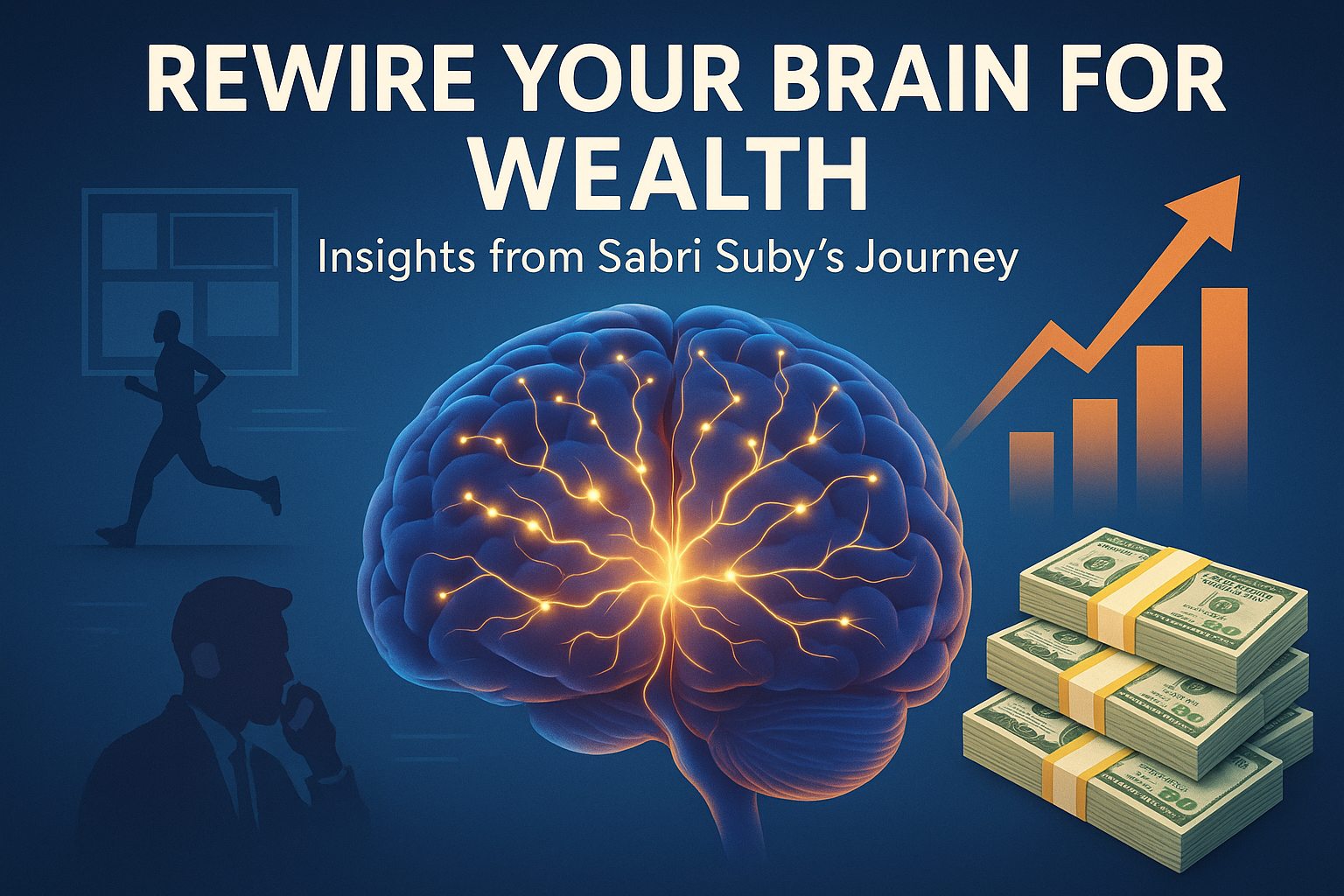This comprehensive guide summarizes the key insights from Riley Brown’s masterclass on “vibe coding” and AI app development. While this article covers all the essential points and actionable steps, be sure to watch the full embedded video below to get the complete lessons, live demonstrations, and nuanced insights that Riley shares throughout the conversation.
Introduction
Riley Brown has revolutionized the way we think about app development. The entrepreneur recently raised $9 million for his AI application using a methodology he calls “vibe coding” – a approach that allows anyone to build functional applications using AI tools, regardless of their technical background.
In this detailed breakdown of Riley Brown’s conversation with Callum Johnson, you’ll discover the exact process that led to his success, complete with step-by-step instructions, tool recommendations, and a practical weekend challenge to get you started.
What Is Vibe Coding?
Riley Brown defines vibe coding as a revolutionary approach to software development where AI generates code instead of humans writing it manually. Unlike traditional programming that requires years of study, vibe coding leverages AI’s ability to understand natural language and convert ideas into functional applications within minutes.
The core philosophy: Speed over structure. Instead of following rigid development frameworks, vibe coders iterate rapidly, test ideas quickly, and let AI handle the technical complexity.
The Complete Step-by-Step Process
Step 1: Identify a Pain Point Worth Solving
Riley Brown emphasizes starting with real problems, not just cool ideas. The process begins with:
- Problem identification: Look for workflows that frustrate you daily
- Market validation: Ensure others share this pain point
- Solution visualization: Imagine how an app could solve this specific problem
Example from the video: The YouTube scripting problem – content creators struggle with organizing thoughts and don’t know what questions to ask themselves when planning videos.
Step 2: Rapid Prototyping with AI Tools
The demonstration shows building a complete YouTube coaching app in under 30 minutes:
Mobile App Development (Using Vibe Code)
- Voice input: Record your app concept naturally
- AI processing: The system generates 13-14 code files automatically
- Real-time compilation: Watch your app come to life on mobile devices
- Instant iteration: Make changes through conversational commands
Web App Development (Using V0 and Claude)
- Basic interface creation: Start with simple prompts describing your app
- Design enhancement: Screenshot existing designs you admire
- AI-powered redesign: Upload screenshots and ask AI to replicate the style
- Background customization: Generate custom graphics using ChatGPT
Step 3: The "Conversation Coding" Method
Riley Brown demonstrates a conversational approach to development:
- Initial creation: Build basic functionality with one prompt
- Iterative improvement: Continuously refine through natural language
- Specific modifications: Use phrases like “change nothing else” for precision
- Visual feedback: See changes in real-time as AI modifies code
Step 4: From Prototype to Production
Testing and Validation
- Self-testing: Use your own app extensively for one week
- Friend feedback: Deploy to the internet and share with trusted contacts
- Honest evaluation: Find people who will give brutal, honest feedback
- Iteration cycles: Refine based on real user experiences
Adding Essential Features
- Payment integration: Hire a developer for Stripe integration ($200-250)
- Security audit: Professional review for security vulnerabilities
- Scalability optimization: Ensure the app handles growth efficiently
- Performance testing: Verify speed and reliability under load
Step 5: Scaling to Revenue
Riley Brown shares insights on reaching significant monthly revenue:
- Distribution advantage: Leverage existing audience or build one
- Specific problem solving: Focus on narrow, well-defined issues
- Revenue reinvestment: Use early profits to improve infrastructure
- Community building: Engage with users to drive organic growth
Essential Tools for Vibe Coding
AI Development Platforms
- Claude Artifacts: Visual code generation with real-time preview.
- Vibe Code: Riley Brown’s mobile app development platform.
- V0 (Vercel): Professional web app creation with Next.js.
- Bolt: Rapid prototyping with a live coding environment.
- Cursor: AI-powered code editor for developers.
- Windsurf: Collaborative AI development environment.
AI Chat Interfaces
- ChatGPT (GPT-4): Primary AI assistant for planning and code generation.
- Claude (3.7): Advanced reasoning and code editing capabilities.
- OpenAI O3: Enhanced thinking and web search integration.
Voice-to-Text Tools
- Wispr Flow: Mac-based voice transcription for hands-free coding.
- SuperWhisper: Alternative voice transcription tool.
Design and Collaboration
- Whimsical: Diagram creation for visual planning.
- Excalidraw: Simple diagramming and wireframing.
- TLDraw: Collaborative whiteboard for visual thinking.
- Miro: Professional diagramming and collaboration.
Deployment and Hosting
Supporting Tools
The Weekend Challenge: Your First AI App
Riley Brown issues a specific challenge to get started:
Saturday Afternoon Action Plan
- Choose your tool: Pick one AI development platform (Claude Artifacts recommended for beginners)
- Record everything: Use screen recording software to document your process
- Build something: Create any app, no matter how simple
- Share your journey: Post your progress on Twitter/X with honest commentary
- Tag for exposure: Mention @RileyBrown and @CallumJohnson for potential retweets
- Focus on learning: Ignore money-making – concentrate on skill development
Success Metrics
- Completed app (even if imperfect)
- Documented learning process
- Shared publicly for accountability
- Connected with the vibe coding community
Key Principles for Success
1. Fail Fast Philosophy
Riley Brown emphasizes rapid failure as a learning accelerator:
- Test ideas quickly rather than planning extensively
- Learn from failures immediately
- Iterate based on real feedback, not assumptions
2. Permissionless Innovation
The AI era enables immediate action:
- Don’t wait for permission or perfect conditions
- Ask AI for guidance instead of seeking human mentors
- Take action first, refine later
3. Community-Driven Growth
Building in public creates opportunities:
- Share your learning process authentically
- Connect with others building similar projects
- Leverage social platforms for networking and feedback
The Business Model Behind the Movement
Riley Brown’s success stems from understanding the intersection of:
- Content creation: Building audience through authentic documentation
- Tool development: Creating platforms that enable others to build
- Community building: Fostering networks of vibe coders
- Strategic investment: Raising capital to scale the movement
Advanced Strategies for Scaling
Distribution Advantages
- Content creator path: Build audience while building products
- Problem-specific solutions: Target narrow, well-defined pain points
- Community-first approach: Engage with users before building
Technical Considerations
- Security reviews: Professional audits for production applications
- Scalability planning: Infrastructure that grows with user base
- Performance optimization: Speed and reliability improvements
- Integration capabilities: Connecting with existing tools and platforms
Future of Vibe Coding
Riley Brown predicts significant developments:
Emerging Capabilities
- Real-time voice integration: Apps that respond to spoken commands instantly
- Advanced AI reasoning: More sophisticated problem-solving capabilities
- Mobile-first development: Native app creation directly from phones
- Collaborative AI: Multiple AI agents working together on complex projects
Market Opportunities
- Creator economy integration: Tools specifically for content creators
- Enterprise applications: Business-focused rapid development platforms
- Educational tools: AI-powered learning and skill development
- Personal productivity: Highly customized individual applications
Step-by-Step Breakdown to Build Your First AI-Powered App
Step 1: Shift Your Mindset – Speed Over Structure
- Forget traditional coding constraints.
- Use AI to shortcut development by leveraging prompt engineering.
- Focus on building quickly, testing ideas, and iterating fast.
Step 2: Identify a Painful Workflow
- Riley recommends starting with a real problem in your own life.
- Ask: What process do I wish could be easier or automated?
- Use diagrams or notes to structure your thoughts visually.
Step 2: Identify a Painful Workflow
Lorem ipsum dolor sit amet, consectetur adipiscing elit. Ut elit tellus, luctus nec ullamcorper mattis, pulvinar dapibus leo.
Step 3: Use AI to Build a Prototype in Minutes
Tools like Claude, ChatGPT, and Vibe Code help you:
- Prompt AI to build the logic and code for your app.
- Modify and iterate directly using natural language.
Step 4: Improve the UX/UI with Visual Inspiration
- Screenshot your favorite designs from the web (e.g., Lovable.dev).
- Upload them to tools like V0.dev.
- Prompt the system to mimic the design visually — no CSS knowledge needed.
Step 5: Add AI Features Using Prompts
- Define what the app should do (e.g., turn voice recordings into YouTube scripts).
- Use whisper models or built-in features from Claude or ChatGPT.
- Make small, iterative updates based on feedback.
Step 6: Deploy in Minutes and Collect Feedback
- Deploy instantly with platforms like V0.dev.
- Share the link with honest friends or fellow builders.
- Prioritize feedback from users who aren’t afraid to criticize.
Step 7: Monetize and Scale
- Add payment integration (e.g., Stripe) after validation.
- Hire a developer for security and performance optimization.
- Leverage your audience (Twitter, LinkedIn, etc.) to attract early adopters.
Conclusion
Riley Brown’s vibe coding methodology represents a fundamental shift in how we approach software development. By combining AI capabilities with rapid iteration and community-driven growth, anyone can build valuable applications without traditional programming knowledge.
The key to success lies not in perfect planning, but in consistent action, rapid learning, and authentic community engagement. Whether you’re a content creator, entrepreneur, or simply someone with ideas, the tools and framework exist today to turn concepts into reality.
Remember: This guide provides the roadmap, but the real learning happens through hands-on experience. Start with the weekend challenge, document your journey, and join the growing community of vibe coders building the future of software development.
This comprehensive guide summarizes Riley Brown’s insights from his conversation with Callum Johnson. For the complete experience, including live demonstrations and detailed explanations, watch the full video embedded below to master all aspects of vibe coding and AI-powered app development.



